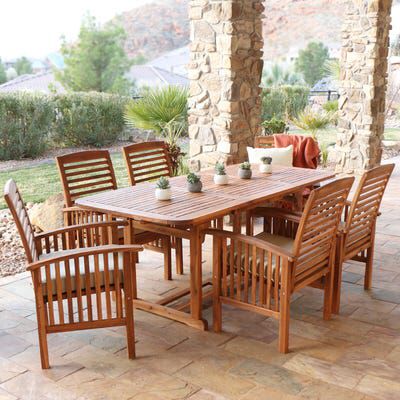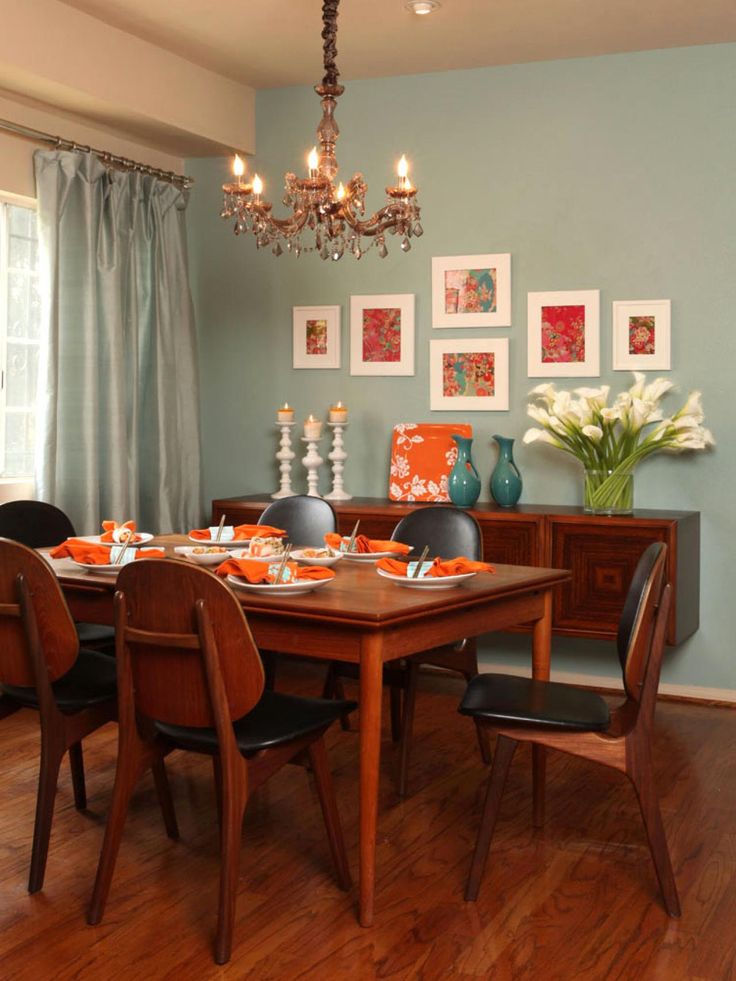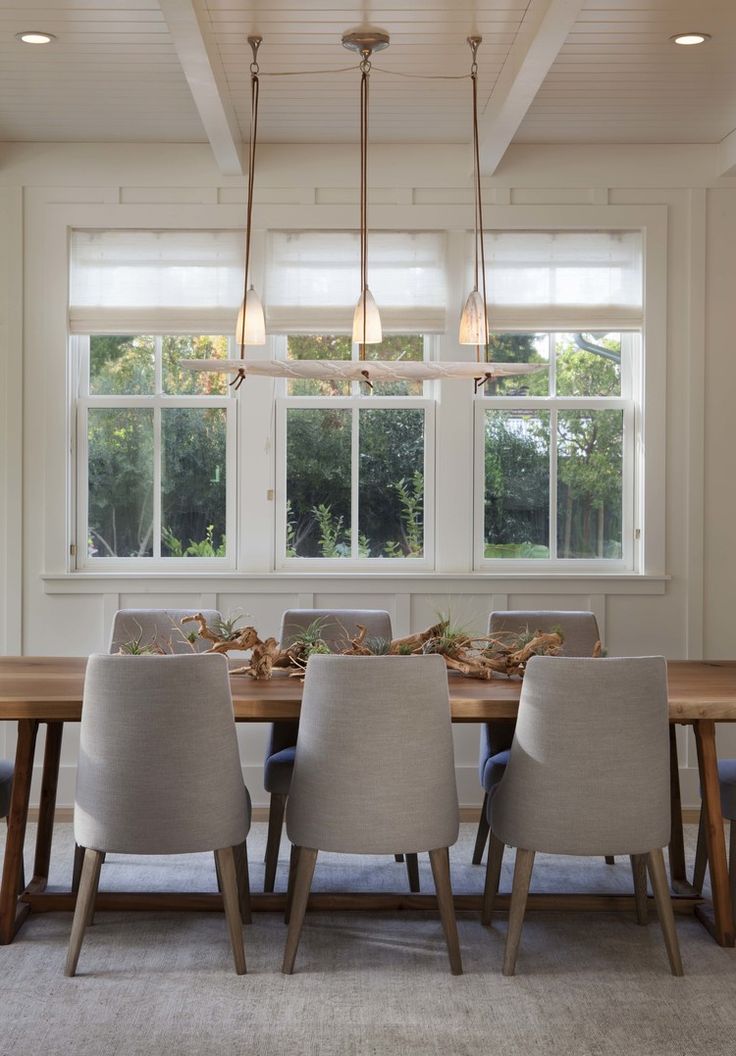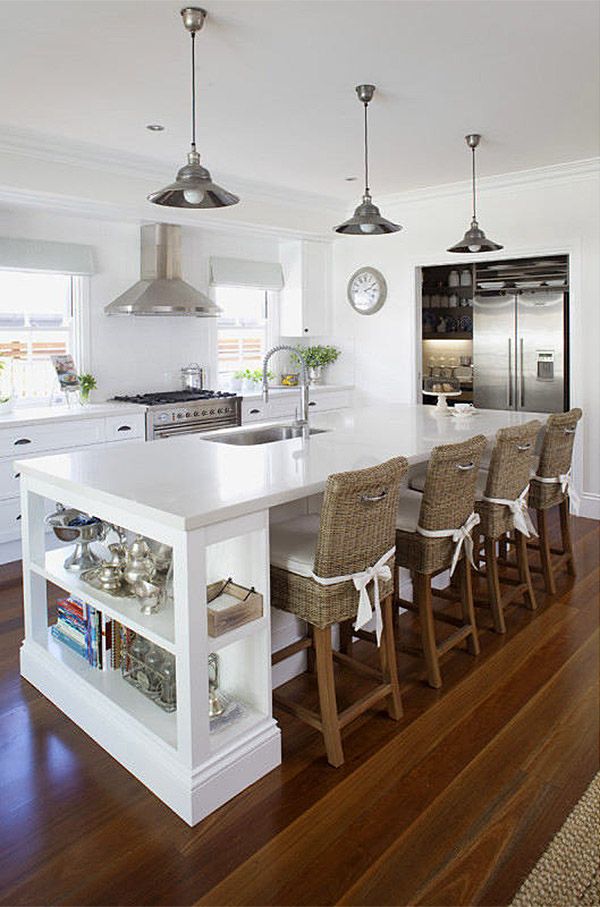How do you measure for curtains
How to measure for curtains: easy steps for a perfect finish
It’s crucial to know how to measure for curtains to achieve a beautiful drape, and a stylish result. Curtains create an attractive window dressing with a look that can be as opulent or simple as you prefer.
Curtains may be sized to open during the day and cover the window for complete privacy and coziness at night, or to gently diffuse the light all day long, or they may be decorative panels that hang at the sides of the window.
However, whichever curtain ideas you go for, the right fit is crucial. Curtains that aren’t wide enough won’t show the fabric to its best advantage, and those that aren’t long enough can look old-fashioned.
This is how to measure for curtains – one of the most elegant of window treatment ideas.
How to measure for curtains
(Image credit: Adrian Briscoe)
Key to the process of how to measure for curtains is accuracy, and it’s essential to have a steel tape measure because fabric versions can stretch resulting in incorrect measurements. You might also need a step ladder, as well as somewhere to record the measurements.
Curtains are available in standard lengths, of course, but our guide applies to custom curtains. If you do need to invest in standard curtains as a short-term fix, you’ll frequently find 63, 84, 94, 108, and 120 inch lengths (and in the UK often 137, 182, 228, and 274cm). Always opt for a longer rather than shorter curtain length if you are using these and they don’t match your measurements.
1. Consider curtain length
(Image credit: Emma Lee)
First consider curtain types. Generally curtains should be floor length or longer for best effect. That’s even the case if they hang behind furniture as they should never look less than generous. Floor-length curtains are often preferred for living rooms, while those that puddle on the floor can be a good complement to a formal dining room, for example, and you might want to choose them for a bedroom, too. If you do want curtains that puddle on the floor, you can add between 1 and up to as much as 12 inches for a truly lavish look.
Do bear in mind that curtains that puddle on the floor aren’t easy to open and close, so are best for dressing windows rather than creating privacy. They’re more inclined to gather dust, too, so do need more maintenance.
Curtains that finish at the window sill can be appropriate for a kitchen, for instance, where they’ll look awkward in living spaces and bedrooms.
2. Decide on the position of the curtain rod
(Image credit: Thomas Sanderson)
Curtains should, in general, be hung both higher and wider than the window. The reason? The window will feel bigger, but it will also allow maximum light into the room. With the curtains open, all the glass will be exposed and the room brighter.
If you still need to control the light coming into the room when the curtains are open, hang a shade inside the window that complements the curtains.
Usually, you hang curtains with a rod, but you can hang curtains without a rod, too. If you are hanging them with one, plan to position the curtain rod around 8 to 10 inches (20 to 25cm) above the window and so that it extends around 10 to 12 inches (25 to 30cm) on each side of the window.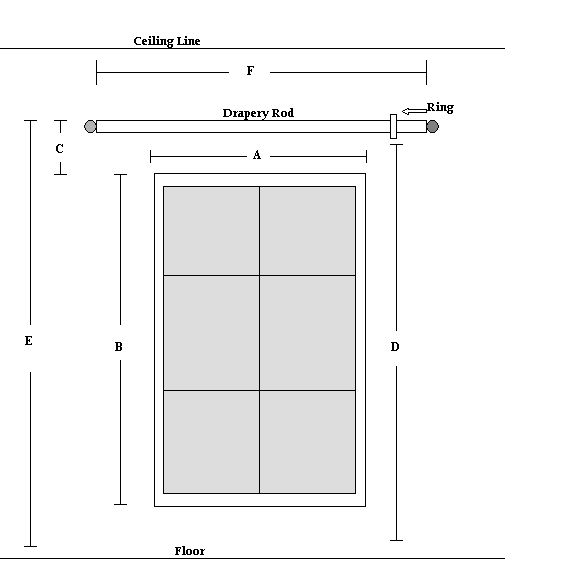 In a room with very high ceilings, you could place the rod some 12 to 24 inches (30 to 61cm) above the window, or fix it just below the crown molding.
In a room with very high ceilings, you could place the rod some 12 to 24 inches (30 to 61cm) above the window, or fix it just below the crown molding.
3. Measure the length of the curtains
(Image credit: Molly Mahon)
How to measure for curtains like an interior designer? First of all, bear in mind that you should always take several measurements of the length to allow for flooring that isn’t completely level.
Measure from the top of the rod to three-eighths of an inch (1cm) above the floor for floor-length curtains. Another 1 to 3 inches (2.5 to 8cm) added to the length will brush the floor, while an extravagant puddle requires adding 6 to 12 inches (15 to 30cm) to the rod to floor distance.
4. Measure the width of the curtains
(Image credit: VSP interiors)
Knowing how to measure for curtains includes being savvy about their width. This is the case for all curtains that close to cover the entire window, but decorative panels are different as they simply frame it.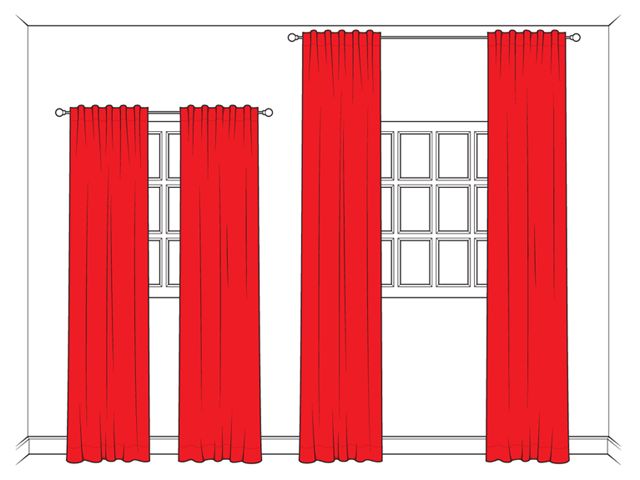
Measure the total length of the curtain rod between finials to supply to your tailor. Custom-made drapes will have the correct fullness according to their type, which can be between 1.5 and three times the width of the pole.
How do you measure what size curtains you need?
To measure the size of curtains you need, first calculate the width you will need, using the length of the pole or track to get a measurement, not the window, since the curtain will pull back beyond the edges of the frame. Now double the measurement you took; this will give you nicely gathered curtains that suit pencil pleat, eyelet and tab top curtains. To measure the length, decide first whether you want the curtains to drape on the floor, graze the floor or sit at window sill level. Then use the top of the track or pole to measure from top to bottom.
How do I know what size curtains to buy?
If you’ve discovered how to measure for curtains and are opting for standard curtains, be aware that the width will be the first measurement stated, followed by the length. Curtains may be sold as a single panel, and therefore you will need more than one for a wider window.
Curtains may be sold as a single panel, and therefore you will need more than one for a wider window.
Use the width of the curtain rod, and be aware that you will need to multiply this width to get the correct fullness. Otherwise? The curtains will hang flat, which isn’t desirable. Use 1.5 times the width as the minimum, but two times will look more generous, while three times is recommended for sheers and linens.
Side panel curtains don’t close across the window but instead frame it as well as making it look wider than it really is. In this case, you can simply choose the panel width you prefer.
How much wider should curtains be than the window
Curtains should be two to two and a half times wider than the window. This is because curtains should be able to be pulled back beyond the window frame on either side to let plenty of light into the room and to exaggerate the window's proportions, but still look full when pulled across.
How wide should curtains be for 36 inch window?
For a 36 inch window, you need curtains with a finished width at least 1. 5 times that, but better are those with twice that width and even three times the width for sheers.
5 times that, but better are those with twice that width and even three times the width for sheers.
Therefore, for a 36 inch window, you need two panels of 36 inches each for twice the width and a luxurious gather.
How wide should curtains be for a 60 inch window?
For a 60 inch window, you need curtains with a finished width at least 1.5 times that, but better are those with twice that width and even three times the width for sheers.
Therefore, for a 60 inch window, you need two panels of 60 inches each for twice the width and a luxurious gather.
How wide should curtains be for a 72 inch window?
For a 72 inch window, you need curtains with a finished width at least 1.5 times that, but better are those with twice that width and even three times the width for sheers.
Therefore, for a 72 inch window, you need two panels of 72 inches each for twice the width and a luxurious gather.
How wide should curtains be for 120 inch window?
For a 120 inch window, you need curtains with a finished width at least 1. 5 times that, but better are those with twice that width and even three times the width for sheers.
5 times that, but better are those with twice that width and even three times the width for sheers.
Therefore, for a 120 inch window, you need two panels of 120 inches each for twice the width and a luxurious gather.
Is the curtain width for one curtain?
The curtain width for one window should be one and a half times the width of the window in total; in other words, each curtain will be three quarters the total width of the window.
How to Measure a Window for Curtains
By
Kamron Sanders
Kamron Sanders
Kamron Sanders is a home improvement expert and writer with over 15 years of hands-on construction, remodeling, woodworking, home repair, and landscaping experience. He has also written for HGTV. Kamron's expertise ranges from troubleshooting saws and lawnmowers to painting kitchen cabinets.
Learn more about The Spruce's Editorial Process
Updated on 02/07/23
Reviewed by
Deane Biermeier
Reviewed by Deane Biermeier
Deane Biermeier is an expert contractor with nearly 30 years of experience in all types of home repair, maintenance, and remodeling.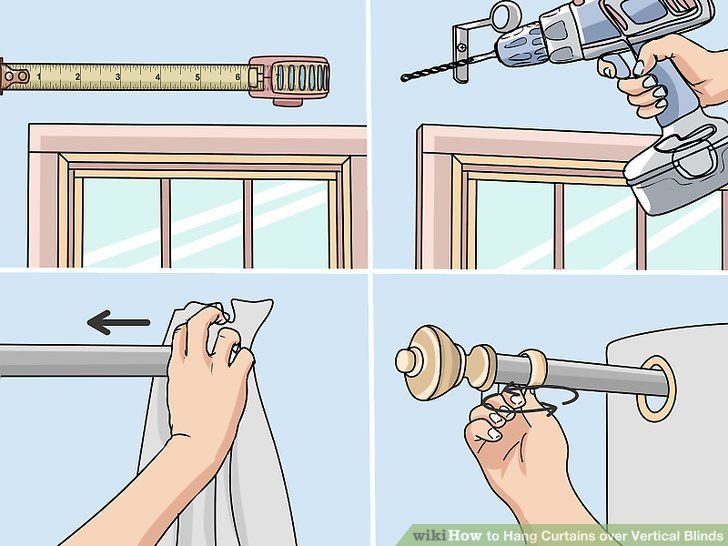 He is a certified lead carpenter and also holds a certification from the EPA. Deane is a member of The Spruce's Home Improvement Review Board.
He is a certified lead carpenter and also holds a certification from the EPA. Deane is a member of The Spruce's Home Improvement Review Board.
Learn more about The Spruce's Review Board
The Spruce / Meg MacDonald
Project Overview
Hanging curtains in your home is one of the most effective things you can do to enhance the look of your interior. Curtains can filter or fully block light, add privacy to a room, dampen echo, and, if properly mounted, make your interior look bigger than it actually is.
The key to properly mounting curtains is understanding how to measure your windows beforehand, then buying appropriately sized curtains and curtain rods. Follow the steps below to accurately measure your windows and buy the right curtains every time.
Equipment / Tools
- Measuring tape
- Pencil
- Level
- Step ladder
The Spruce / Meg MacDonald
How to Determine Curtain Rod Width
Purchasing the correct curtain rod is crucial to hanging your curtains properly. While you likely assumed the curtain rod must be at least as wide as the window itself, it may be harder to gauge just how wide the curtain rod should be.
While you likely assumed the curtain rod must be at least as wide as the window itself, it may be harder to gauge just how wide the curtain rod should be.
-
Measure Window Width
Measure the window from side to side, including trim if present.
The Spruce / Meg MacDonald
-
Add Space for Curtains
When you draw the curtains to the side, if you haven't accounted for the space the bunched curtains will take up when choosing your curtain rod length, they'll block the light of the window. Add 16 to 24 inches to your measurement, then choose a rod that extends to your determined width. This will make the window seem larger by revealing as much light as possible when the curtains are opened.
Tip
Thicker curtains may require more space on the sides, as they don't bunch as tightly as thinner curtains. Also, keep in mind that larger windows requiring more than two panels will need more space for the additional panels to bunch.
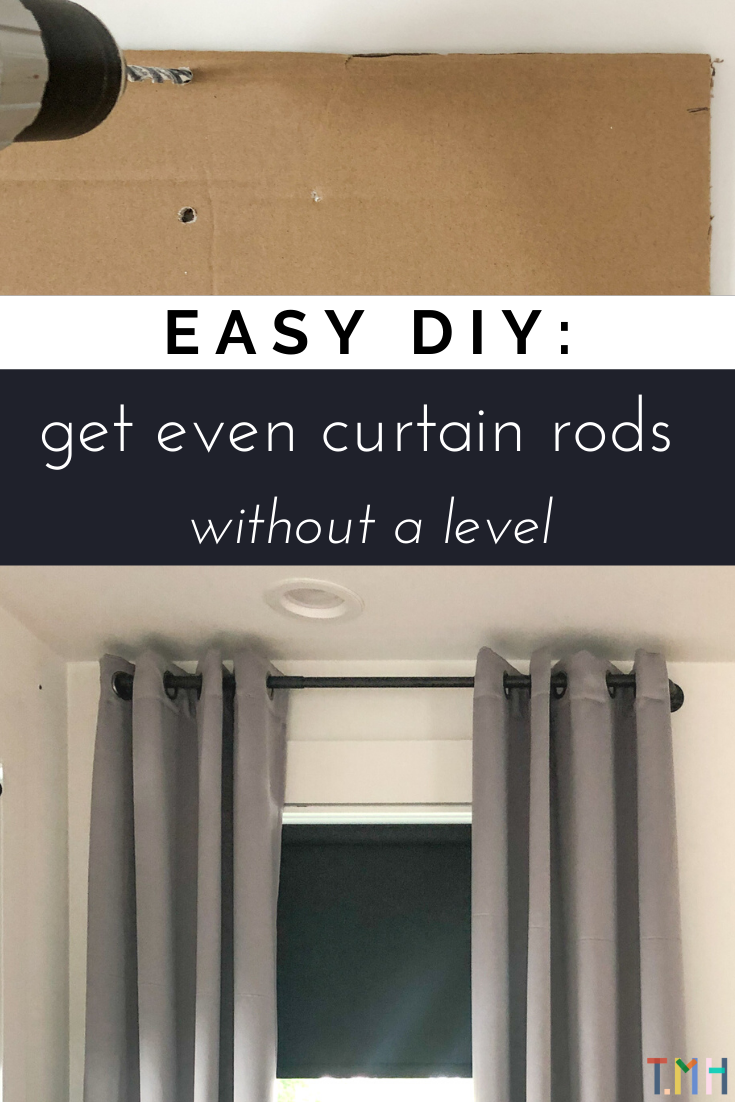
The Spruce / Meg MacDonald
How to Measure for Curtain Width
It may seem simple, but there are a few things to keep in mind when determining the width of curtains needed to cover your window.
-
Measure Window Width
Measure the width of the window, including any trim present.
The Spruce / Meg MacDonald
-
Factor in Rod Spacing
Factor in the amount of space you chose to extend the rod past the window—then add that to the overall width of the curtains.
The Spruce / Meg MacDonald
-
Factor in Desired Looks
Ask yourself what you want the curtains to look like when fully closed. If you want them to still look bunched and textural, opt for wider curtain panels. If you want them to look sleek and straight, buy curtains that perfectly match your determined width.
The Spruce / Meg MacDonald
Tip
If you're mounting curtains on a wide window or a set of glass doors, consider opting for more than two curtain panels.
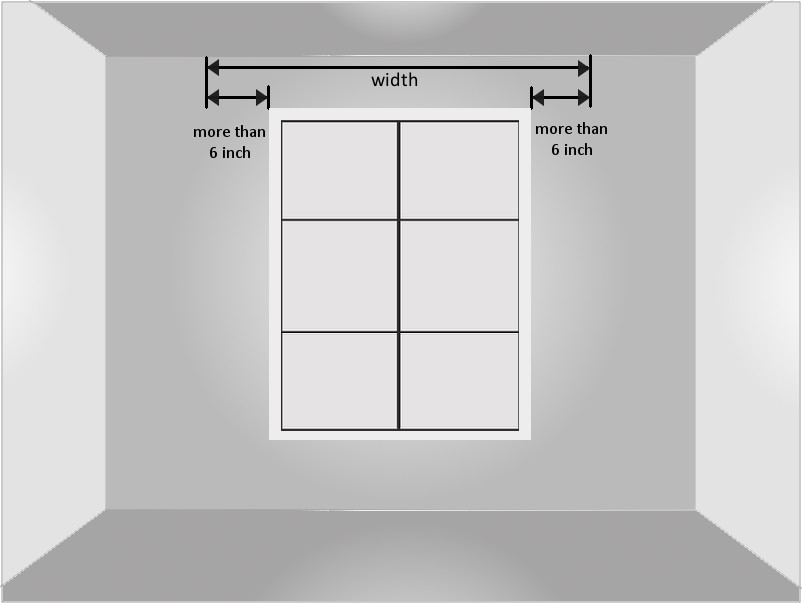 This will increase the number of curtain options available to you.
This will increase the number of curtain options available to you.
How to Measure for Curtain Length
Arguably, the trickiest part of measuring a window for curtains is determining the length of curtains you should buy. This is because it's hard to know just how high to hang the curtains and how the curtains should meet the floor. While, in the end, this completely comes down to preference, there are a few designer rules for curtain length.
-
Determine Curtain Height
The biggest no-no in hanging curtains is placing the rod too close to the top of the window. This makes the room look small and squatty by making the ceilings appear shorter. On the other hand, increasing the distance between the curtain rod and the window can make the room appear larger (within reason).
If you have standard 8-foot ceilings, take the curtain rod all the way to the ceiling. If your ceilings have crown molding, mount the rod just below the crown mold.
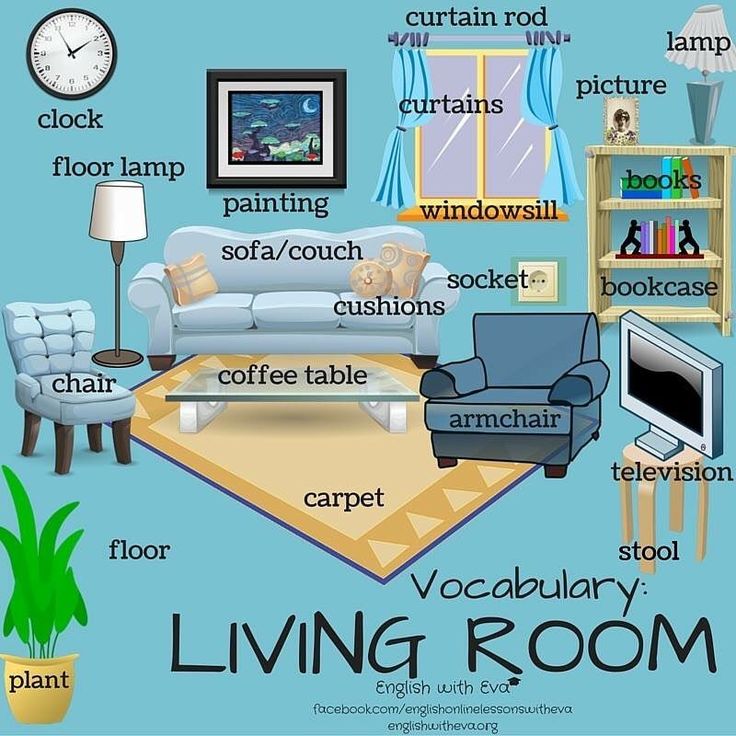
If you have high ceilings, choose a spot 12 to 14 inches above the top of the window to mount your curtain rod.
The Spruce / Meg MacDonald
-
Determine Curtain Length
Once you've determined where to mount your curtain rod, you can choose how long curtains to buy. This will be determined by how you prefer for the curtains to meet the floor. Choose one of the following:
- Kiss: The kiss look is when the bottom of the curtain barely touches or "kisses" the floor. To achieve this look, use the exact distance between the rod and the floor for your measurement.
- Float: The float look is when the bottom of the curtain floats just above the floor. To achieve this look, subtract 3/8 to 1/2 inches from your height measurement.
- Puddle: The puddle look is when curtains are intentionally left longer to puddle on the ground, which is considered a more formal look. A standard puddle is achieved by adding at least 6 to 16 inches of fabric to the overall length, but there are varying degrees of puddling, so choose what you like best.

- Break Puddle: The break puddle look is one of the most common puddle looks. A break puddle is achieved by adding 1/2 to 1 inch of fabric, just so the curtains touch and break at the floor. This is a great middle-ground for those that like the appearance of the puddle look but the functionality of the float and kiss looks.
The Spruce / Meg MacDonald
Float curtain lengthThe Spruce / Meg MacDonald
Puddle curtain lengthThe Spruce / Meg MacDonald
Break puddle curtain lengthThe Spruce / Meg MacDonald
Warning
While beautiful, puddle curtains can be a tripping hazard for children and elderly individuals.
How to Guarantee Accurate Curtain Measurements
While these measuring tips are a great start, every type of curtain will hang differently on different types of rods. Even if you've measured perfectly, curtains can lose a couple of inches once mounted on a rod, causing them to float rather than kiss the floor. If you've already mounted your curtain rod, this will require you to reposition the rod. If possible, call upon a friend for help. With the curtain mounted on the rod, have a friend hold the rod against the wall to determine where it should be mounted.
If you've already mounted your curtain rod, this will require you to reposition the rod. If possible, call upon a friend for help. With the curtain mounted on the rod, have a friend hold the rod against the wall to determine where it should be mounted.
How to measure curtains correctly? | Linen.ru
Skip to contentHow to Measure Curtains: A Quick Guide
Curtains serve two main purposes: firstly, they are a good decoration tool that can tie together a home space, visually expand a room and add style; secondly, curtains also help you get a good night's sleep and just keep privacy in your own home . In this article, we will talk about how to measure curtains correctly.
It's not always easy to do it - dance studies with a ruler around the window often fail if you don't know how to measure the curtains correctly.
First of all, you need to get metal tape measure - it is most convenient to use it for measurements. An important rule: it is necessary to take measurements at several points, because window sills and floors are not always equally even in all places.
An important rule: it is necessary to take measurements at several points, because window sills and floors are not always equally even in all places.
1. Measure the width of your curtain rod
Start by measuring the width of your curtain rod without the end caps (decorative pieces at the ends). If you are only planning to buy a curtain rod and curtains, for example, in a new apartment, then measure the width of the window and add 30-40 cm to this number : the curtain rod is usually installed at a distance of 15-20 cm on both sides of the window.
2. Calculate the curtain width
0003 2-3 times the material (relative to the width of the cornice) to achieve proper fullness (also called gathering). If you use the original dimensions of the cornice for the calculation, then your curtains, although they will cover the width of the window, but the fabric will be very stretched.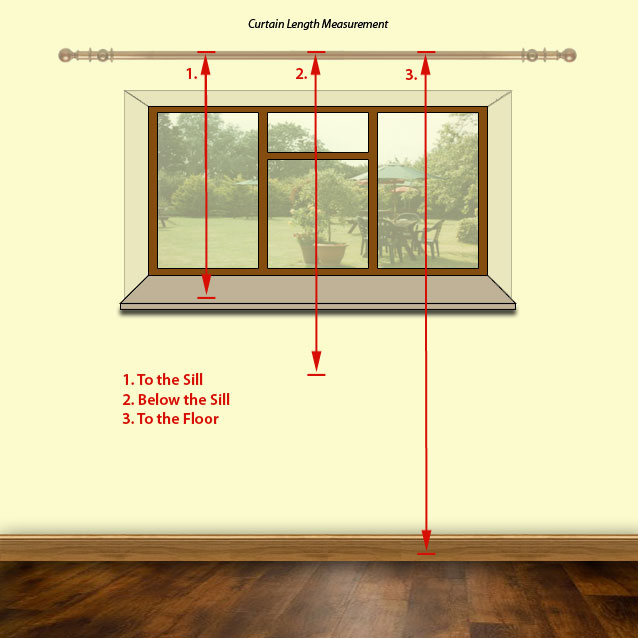
When it comes to how to measure curtains correctly, it is very important to get the correct folding when the curtains are closed. To do this, multiply the width of the cornice by 2 . For a more luxurious look (or if the curtains are translucent), multiply the width of the curtain rod by 3. Example: if your curtain rod is 91 cm wide, you will need curtains at least 182 cm wide or two separate curtains of 91 cm each.
3. Calculate the length of the curtains (fall) should be your curtains . There are three common fall patterns: window sill - curtain ends at a distance about 2.5 cm from the window sill, drop to the floor - ends at about about 2.5 cm from the floor , and lying down - curtain extends about 2.5-8 cm on the floor .
Once you have selected the correct drop option, measure the distance p from the top of the cornice to where you want the curtains to end.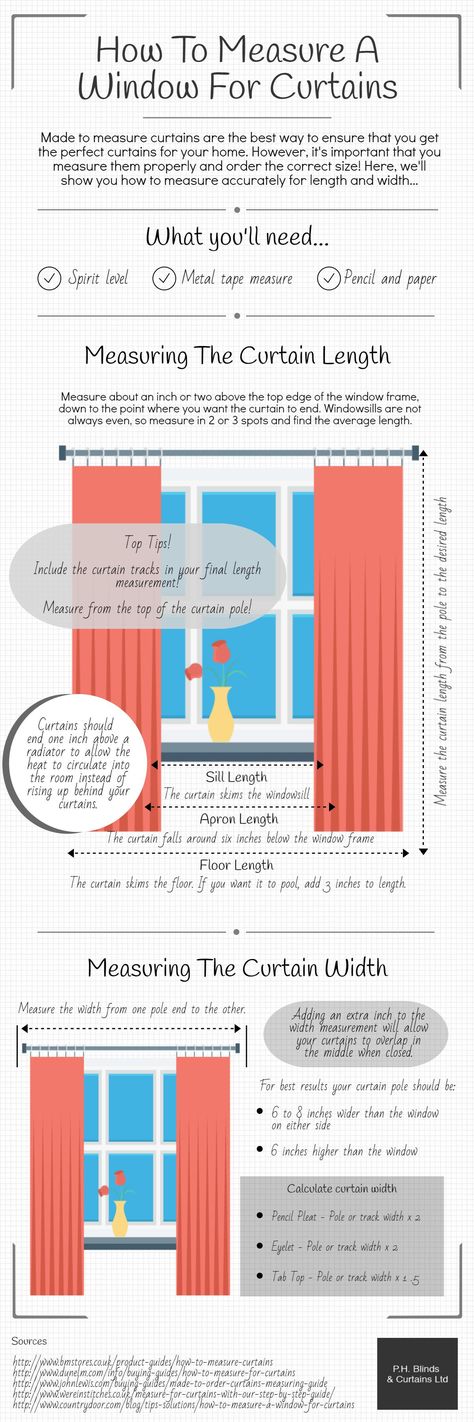 If you do not already have a curtain rod attached, please note that they are usually installed about 10 cm above the window frame.
If you do not already have a curtain rod attached, please note that they are usually installed about 10 cm above the window frame.
How to measure curtains correctly: total
Here is such a simple and quick scheme. Now you know how to measure curtains correctly and you can safely start choosing them! And in our online store Linen you can buy linen curtains of guaranteed excellent quality. Please note that we offer 3 different ways of fastening curtains: curtain tape, curtains on the curtain and eyelets. In addition to the methods of fastening, we are ready to choose for you curtains designed in different colors and styles.
Which suits you better: traditional modesty or discreet luxury? What would you like to see in your living room: light airy tulle and thick blackout curtains? Would you like curtains in your bedroom to let you take a break from the hustle and bustle of the street? Does your child need bright and cheerful colors for a nursery?
Choose the option that best suits your style and interior! We can also make curtains to order according to your sizes and wishes - leave us your details and we will contact you! Write a comment on the article "How to measure curtains correctly?" if you liked it, and we will be happy to answer all your questions.

How to measure curtains correctly? – Blog Linen.ru
Header
Page load link Go to TopHow to correctly calculate the tulle for a window in width and length
A window decorated with beautiful gathers and folds is pure mathematics. Because without it, it is easy to make a mistake with the sizes of curtains and curtains and buy extra material - by the way, often not cheap. Therefore, we suggest that you be patient and read this article on how to calculate the width of tulle.
Draperies and tulle are often sold in ready-made lengths, on which loops and decor are sewn. Only such cuts of fabrics are suitable for standard windows. And if you need to arrange a floor-to-ceiling French window to the terrace? Or has the arched window in the kitchen been asking for curtains for a long time? Or do you want to change the curtains in the hall of your country house? Everything is real, and in this case, individual tailoring will come to the rescue. And here the fiery designer is replaced by a cold mathematician - you need to calculate how much material is needed for curtains in length and width.
And here the fiery designer is replaced by a cold mathematician - you need to calculate how much material is needed for curtains in length and width.
-
Everything is more or less simple with the length: it is enough to measure the height of the ceiling, subtract the height of the curtains - to get an approximate result.
-
With the width, everything is a little more complicated: it depends on the number of folds on the material, the type of fastening, the length of the cornice, etc.
Let's tell you in order how to accurately calculate the width of the tulle, depending on various factors.
Along the eaves
The width of the tulle depends on the length of the cornice - so first decide on its parameters. On average, the cornice should protrude 15 centimeters on both sides of the window to the left and right. There are also non-standard windows - for example, too narrow on wide walls and vice versa. In this case, the length of the cornice can be reduced or increased - 5-7 centimeters is a perfectly acceptable figure.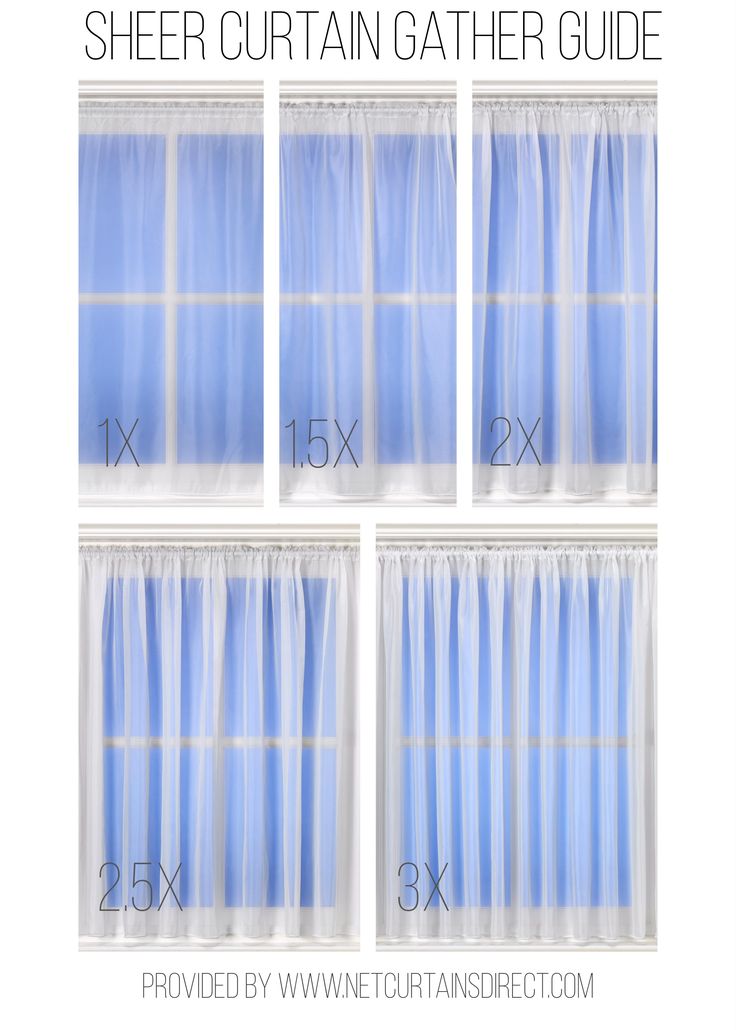 The length of the resulting cornice is the minimum width of your curtains when unfolded.
The length of the resulting cornice is the minimum width of your curtains when unfolded.
An approximate calculation looks like this: standard windows are 3 meters wide, and the minimum canvas width should be 4.5 meters - if the figure is less, the window will not look good. The maximum footage is 9 meters, this width looks luxurious, but according to some, it is too pretentious. So we recommend choosing the middle option.
Type of curtain arrangement
To calculate how much tulle is needed, you need to know how it will be located along the window - hang freely over its entire area or gather in two folds along the edges of the window. If you are considering the classic first option for pleating the tulle, then the length of the cornice should be multiplied by 1.5. The second option is more democratic and implies freedom of creativity - it all depends on how lush the folds of your curtains will be.
To choose the right size tulle, you need to imagine exactly how the curtains will be located - how many folds they will have, how lush they will be. There is even such a concept - the splendor coefficient, which determines how many folds the curtain will have.
There is even such a concept - the splendor coefficient, which determines how many folds the curtain will have.
There are three levels of this factor:
-
minimum - 1:1.5 - for example, for a cornice 3 meters long, a curtain 4.5 meters wide is suitable,
-
medium - 1:2 - for a window of 3 meters you need 6 meters of material - you get an elegantly designed window with beautiful folds, here you can also use braid to help make the folds the same,
-
maximum - 1:3 - for a window of 3 meters, 9 meters of fabric are needed. Curtains designed in this way look luxurious, and a large supply of fabric allows you to create any folds. This design method looks best on tulle or organza with a simple pattern - if there is a complex image on the fabric, for example, a tapestry - the folds will hide all the richness of colors.
Material and purpose of curtains
Thick curtains that block sunlight usually cover the entire window, so their width is equal to the length of the cornice, plus for freedom of action and the possibility of complete closure, add 20 centimeters on both sides.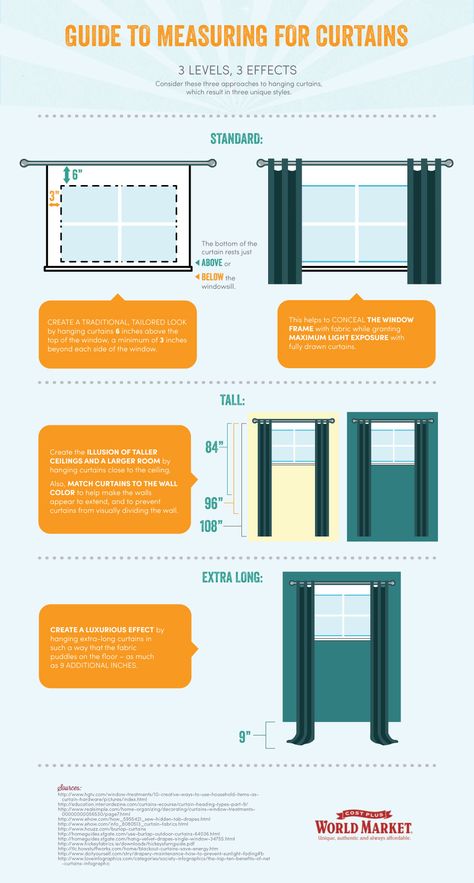
The thicker the curtains, the less folds should be - otherwise they will block the light even when the curtains are open. Yes, and such heavy folds do not look good. But if tulle or organza is chosen as the curtain fabric, there should be more folds - this will not overload the window, on the contrary, it will add lightness and grace to the whole room.
Window shape
It is easier with standard windows, but you will have to tinker with windows with an unusual geometric shape. For a corner or bay window, add 10 centimeters for each bend and corner.
Attachment method
The amount of tulle and the collection factor also depend on the method of attaching the curtains. For example, for eyelets - plastic or metal rings, which are often used for balcony windows, it is better to take twice as much material as the length of the cornice. In this case, the folds will turn out noble and lush. If the material is heavy, light and durable eyelets will easily cope with its movement along the entire length of the eaves.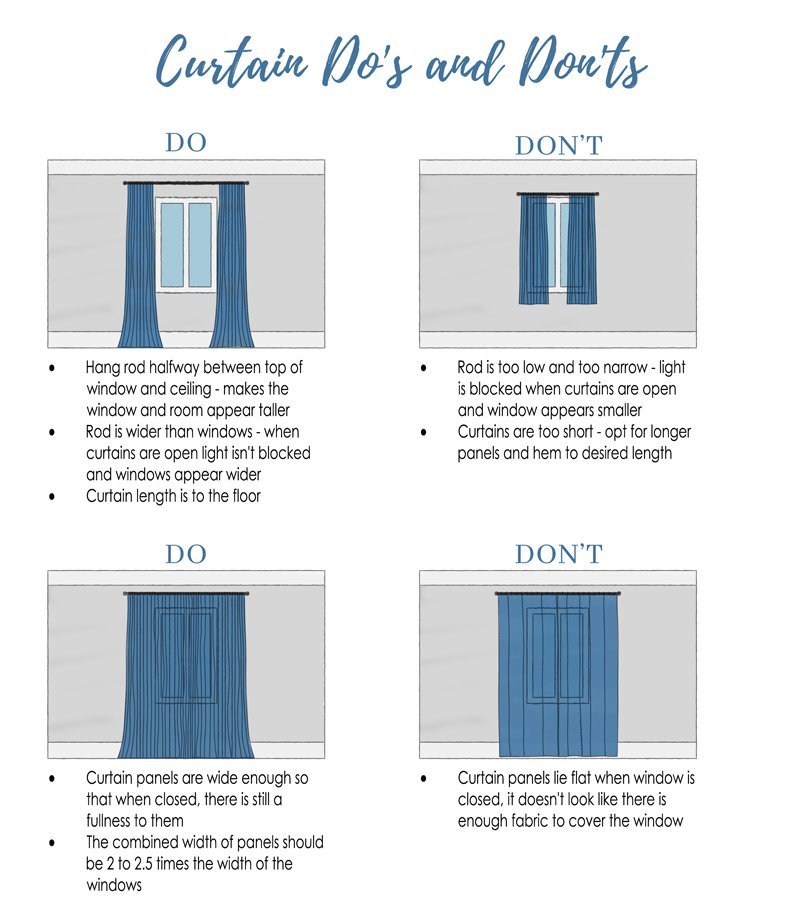
The most popular way to fasten curtains is with hinges. The material is attached to the bar using textile loops or special ties - it looks concise and versatile. For such fasteners, it is enough to choose fabrics 1.5 times larger than the length of the cornice. More frequent and smaller fastenings will provide small and neat folds.
Tape type
The width of the material for curtains also depends on the type of tape - tape, which creates even folds over the entire surface of the curtain.
-
For example, for a curtain tape that creates small ruffles across the entire width, you need to take fabrics twice the length of the cornice.
-
If you have chosen a braid that creates puffs - lush folds - it is better to take fabrics 2.5 times more.
-
Pencil folds - even and oblong - will require to obtain the width of the curtains to multiply the length of the cornice by 1.5.
-
For triple pleats, or houndstooth, double the curtain width.
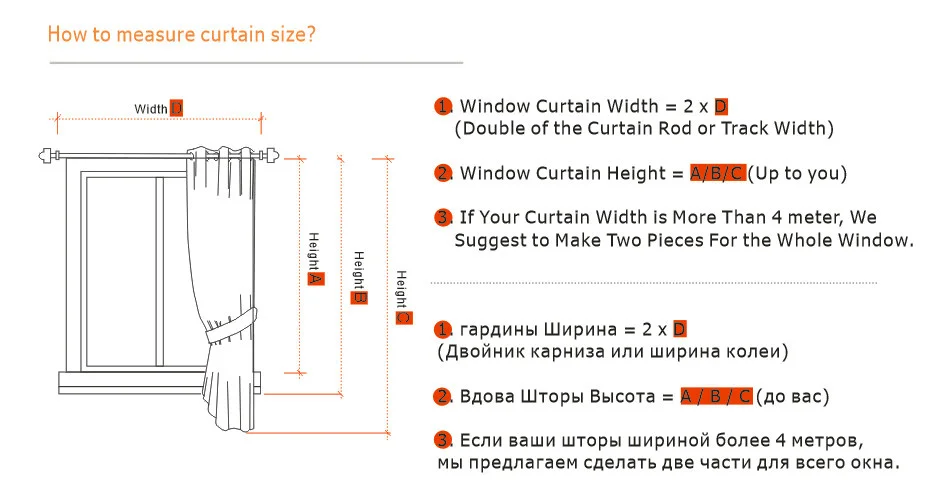
To choose the width of the tulle, pay attention to the packaging of the braid - the curtain tape usually indicates the gathering factor that it gives. The universal indicator is 2.5, it is suitable for all types of curtains and their materials.
The main thing is not to hurry up with the choice. Take a closer look at the selected material, look at interior photos with the participation of such curtains, select the desired drapery option - and go to the store! Experienced consultants will help you with this difficult math.
Curtain catalog
from 1 000 ₽ /PC.
Curtains Premium navy blue with eyelets
from 1 000 ₽ /PC.
Curtains Premium light brown with hinges without Velcro
from 1 000 ₽ /PC.
Plain white veil with braid
from 1 000 ₽ /PC.
Plain white veil with drawstring
from 1 000 ₽ /PC.
Economy gray curtains with drawstring
from 1 000 ₽ /PC.



